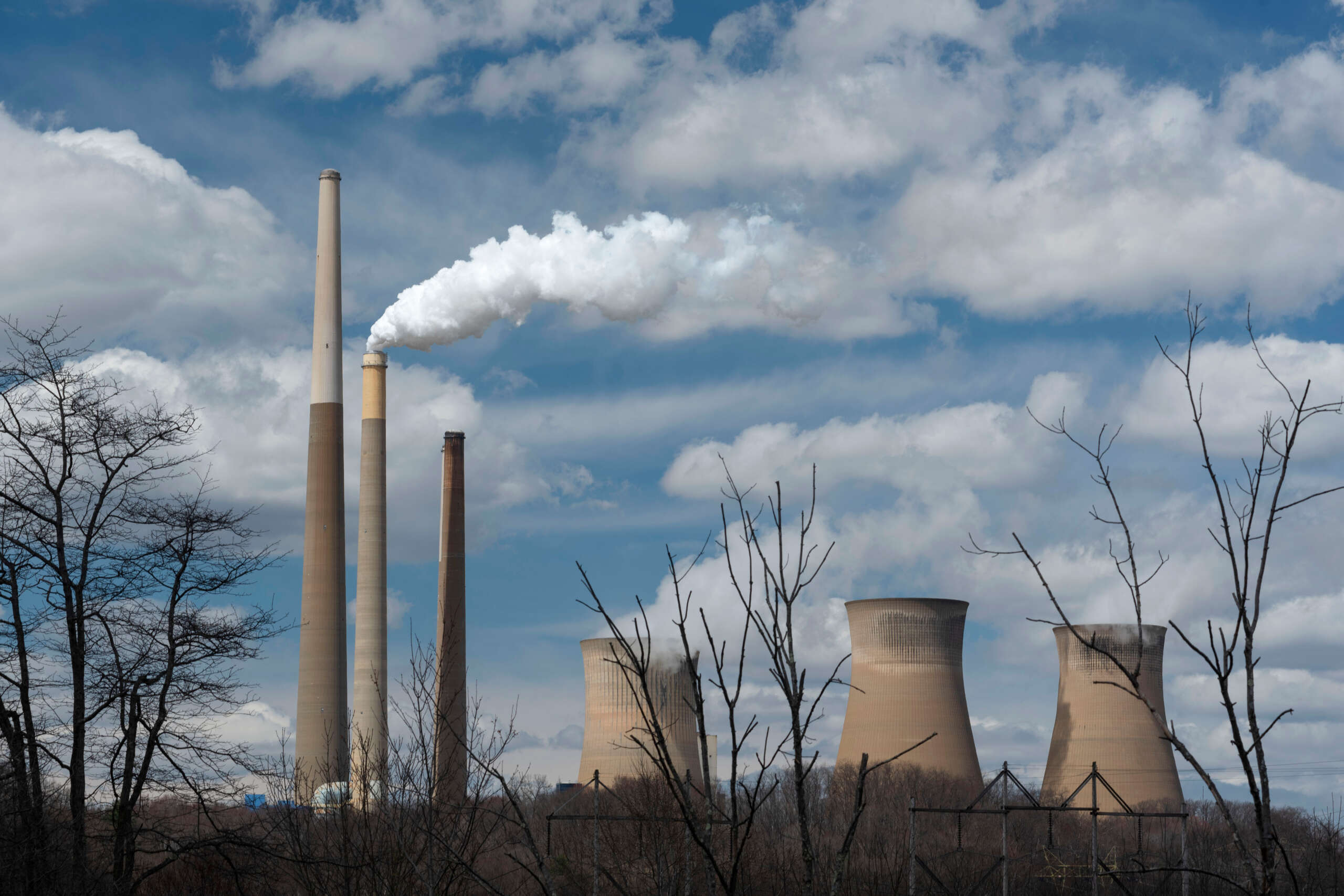Firefighters at higher risk for many cancers including mesothelioma
When the alarm sounds, they don’t think about the dangers ahead or their possible loss of life. Firefighters immediately react, placing the lives of those in peril ahead of their own. They charge into burning buildings with one goal in mind, not pausing to consider the longterm effects.
Unfortunately for these heroes, the risks still exist.
During the past few years, the Centers for Disease Control (CDC) conducted the largest study of firefighters ever completed. More than 30,000 men and women were evaluated to determine the cancer rates among the profession. The CDC concluded firefighters are more likely to develop cancer of the respiratory, urinary and digestive systems than others.
Even more unsettling- of all the known cases of mesothelioma, a rare cancer that affects the lungs and surrounding tissues, those found in firefighters account for double.
Materials intended to be flame-retardants often include toxic chemicals, causing those battling the flames to be exposed to multiple dangers with each fire. Before the 1980s, many homes and buildings used asbestos in their construction.
Asbestos, a known carcinogen and primary cause of mesothelioma, was frequently used in the early to mid 1900s because of its flame-resistant and insulating abilities. Even though the substance isn’t used in construction any more, the substance remains in old structures, still found in vinyl, furnace door gaskets, roofing materials, shingles and pipe/duct insulation.
As a fire grows, the heat can cause certain items to break, releasing the asbestos fibers into the air. Additionally, as firefighters work through a flaming building, breaking down walls, the fibers are spread at a rapid rate.
Mesothelioma kills with most victims living less than a year after diagnosis. If you or someone you love was exposed to asbestos and developed mesothelioma, lung cancer or asbestosis as a result, contact us immediately. We want to help.
References
CDC. (2013). Cancer: Study of cancer among US firefighters. Workplace Safety & Health Topics. [Link]
Coyle, M. (2014). Study: firefighters have higher rates of cancer. USA Today. [Link]
Schriro, D.B. (2014). Asbestos and firefighters. Department of Emergency Services. [Link]



